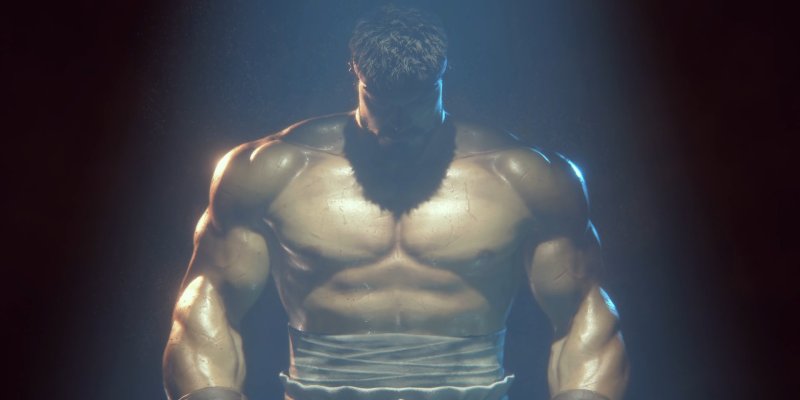In 2023, all the stars have aligned for fighting games. We already got a new Street Fighter, there’s another Mortal Kombat arriving in September, Tekken 8 and a new Granblue Fantasy Versus are on the way, and both Guilty Gear Strive and The King of Fighters XV are in full swing. With Evo 2023 finally here, this might be the best single period for fighting games since their ‘90s arcade heyday.
The fighting game community, on the other hand, may be heading for its own separate breakout moment.
This year’s Evolution Fighting Championship tournament is scheduled for August 4-6 in Las Vegas, with Street Fighter 6, KOFXV, Melty Blood: Type Lumina, GGS, Mortal Kombat 11, Dragon Ball FighterZ, and Tekken 7 on the main stage, alongside the surprise return of the fan-favorite Ultimate Marvel vs. Capcom 3.
This is the second year for “Evo” under its new owners Sony and content-creator management firm RTS, which acquired the tournament in early 2021. More importantly, it’s the first year where Sony’s thrown some real money at the show.

Back on February 24th, Evo’s organizers held a livestream hosted by Michael “IFC Yipes” Mendoza and Ryan Hart, which announced a guaranteed minimum prize pool of $25,000 for every main-stage game.
This may not sound like a lot if you follow other games’ esports, such as League of Legends, but it’s a record-setting sum for the fighting game community (FGC).
That’s because the FGC, for the last 30 years or so, has taken a weird sort of pride in its poverty status. Its competitive circuit started as a bunch of arcade rats traveling in packs and sleeping on bus station floors. Even as events got bigger and the scene went international, the American FGC in particular was never so much a pro circuit as a bunch of local groups that had organized individually.
If you check out sites like Liquipedia that track individual players’ competitive history and winnings, you’ll see how low the prize pools have often been for fighting games. It’s never been weird for a fighting game pro to travel halfway across the country for a tournament, then compete and win in exchange for a few hundred bucks and maybe a Popeye’s coupon.
Previously, this meant that most of the pros in the FGC had sponsors like Evil Geniuses, were perennial couch-surfers, and/or were treating their esports “career” as an expensive hobby. The $25,000 minimum at Evo is a huge amount of money for a scene that’s used to earning less from a tournament than they spent on parking at the event venue.
On top of that, Capcom announced in February that next year’s Capcom Cup tournament, the first to be played with Street Fighter 6, will have a prize pool of $2 million, with the champion taking home $1 million of that.
Previously, one of the reasons why pro players in the FGC put up with the low winnings on the circuit was because individual tournaments were also qualifiers. A consistent performance in smaller tournaments could earn a player a spot in a particular game’s end-of-year finals, as with the Tekken World Tour. That was where the real money was, particularly for dominant players like SonicFox. The champion for this year’s Capcom Cup, Saul Leonardo “MenaRD” Mena II, took home $120,000.

Now, the Evo prize guarantee and the Capcom Cup X announcement have fueled a huge resurgence of interest in Evo from both new and old fighting game players. As a result, this year’s tournament saw a record number of entrants in every main-stage game. With just over 7,000 entries, the Street Fighter 6 bracket for Evo 2023 is the biggest in the tournament’s 27-year history, and is likely stacked with killers to boot. Anybody who gets out of their bracket in SF6 in 2023 has accomplished something, even if they don’t proceed to finals.
In retrospect, it seems obvious. The FGC has been operating on pure passion for decades, but it never had the money to match, despite associated games like MK11 selling millions of copies. Now, between Sony and Capcom, an effort’s been made to give the FGC the money to match its enthusiasm. If we manage to get through this year’s Evolution without any major disasters, we could be seeing the start of a new period of growth for one of video games’ biggest, least-appreciated communities.
